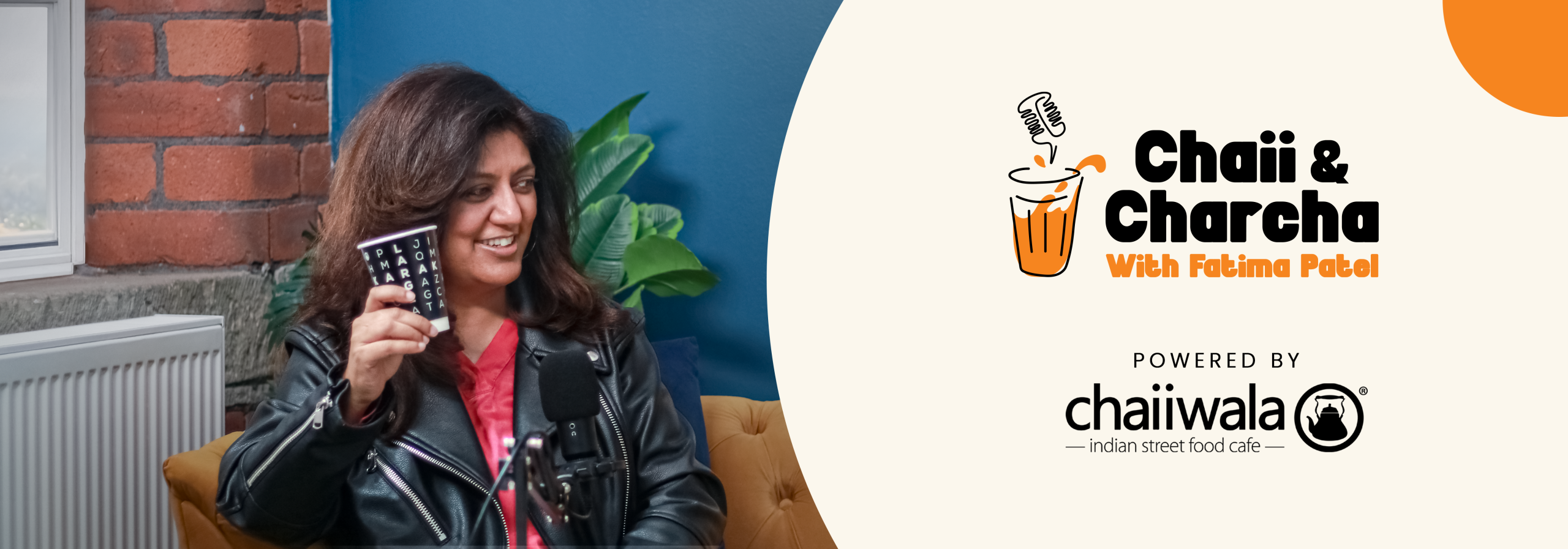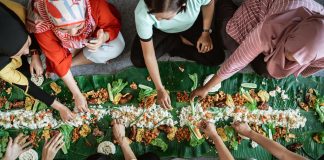When a video of New York politician Zohran Mamdani eating with his hands went viral last month, the internet reaction was swift. Much of the commentary focused not on what he was saying in a speech about justice for Palestine but on how he was eating.
For many South Asians in Yorkshire, the backlash felt familiar.
“I only eat with my hands at home,” said one Bradford student. “At uni, I just use cutlery. It’s easier than dealing with the looks.”
Others echoed the sentiment. “It depends on who I’m with,” said another local woman. “If it’s Desi friends or family, I eat with my hands. But if it’s white colleagues, I switch to a fork. I know I shouldn’t feel weird about it, but I do.”
A young man shared that his parents still eat with their hands at restaurants, something he used to feel embarrassed by as a kid. “Now I get it,” he said. “It’s them sticking to culture. But I still get awkward sometimes.”
Others point to the colonial mindset still lurking in British attitudes. “People act like forks are ‘civilised’ and hands are backward,” said one resident. “But those same people eat fries, wings, and burgers all with their hands.”
The irony isn’t lost on anyone. But is eating with your hands less hygienic, as critics often claim? Farhaan Baig, a dietitian, says the answer is no and, in some cases, quite the opposite. “If hands are washed properly with soap and water, there’s no higher risk than using cutlery,” he told Asian Standard. “In fact, studies show that in public settings, reused utensils can carry more bacteria if not cleaned properly.”
Baig adds that eating with your hands can support digestion and healthier eating habits overall. “When you eat with your hands, you’re more likely to eat slowly and mindfully. You feel the texture, the warmth, it’s a full sensory experience,” he explained. “Research shows that this kind of mindful eating can help with portion control, digestion, and even emotional awareness around food.”
A 2019 study published in Appetite found that slower, more conscious eating improves satiety and can prevent overeating. Another study showed that tactile contact with food sends early signals to the brain, preparing the digestive system before the first bite, a process known as the cephalic phase response.
But in Bradford, we’ve always known the power of food. Aunties mixing rice with their fingers at weddings. Uncles feeding toddlers roti by hand. It’s not just nourishment, it’s culture. It’s how we carry memory, love, and tradition in one motion.
Beyond the science, eating with your hands is emotional. It’s personal. For many, it’s tied to faith, family, and ancestry. “It’s Sunnah our Prophet (PBUH) ate with his hands, so we do too,” said one man from Bradford. “It’s not just culture, it’s faith. And the food tastes better, init?”
A young woman spoke of her grandmother in Gujarat, who taught her to eat with her fingers. “For me, it’s about love. About remembering her.”
The backlash Mamdani faced wasn’t just about hygiene; it reflected a deeper discomfort with visible cultural practices. “It shouldn’t matter how someone eats, it’s their choice,” said one woman. “Shaming people for it is just wrong.”
Maybe it’s never been about hands or forks. It’s about dignity, the dignity of honouring your roots, he dignity of eating as your parents taught you. Here in Bradford, where generations have held fast to tradition amid change and challenge, eating with your hands is more than a habit; it’s an act of resilience. So, when you scoop that biryani, remember you’re not just nourishing your body you’re feeding a legacy.
Glossary
Desi
A colloquial term used to describe people, cultures, and traditions from the Indian subcontinent, particularly India, Pakistan, and Bangladesh.
Sunnah
Refers to the traditional practices and teachings of the Prophet Muhammad (PBUH) in Islam. Following the Sunnah means emulating his way of life, including how he ate, dressed, and prayed.
PBUH
An abbreviation for “Peace Be Upon Him,” a respectful phrase Muslims say after mentioning the Prophet Muhammad.
Biryani
A fragrant South Asian rice dish made with spices and usually meat or vegetables.
Daal Chawal
A staple comfort meal of lentils (daal) and rice (chawal), common in many South Asian homes.
Keema
Minced meat, often spiced and cooked with onions, peas, or potatoes. Eaten with roti or rice.
Roti
A round flatbread made from wheat flour, commonly eaten across South Asia.




